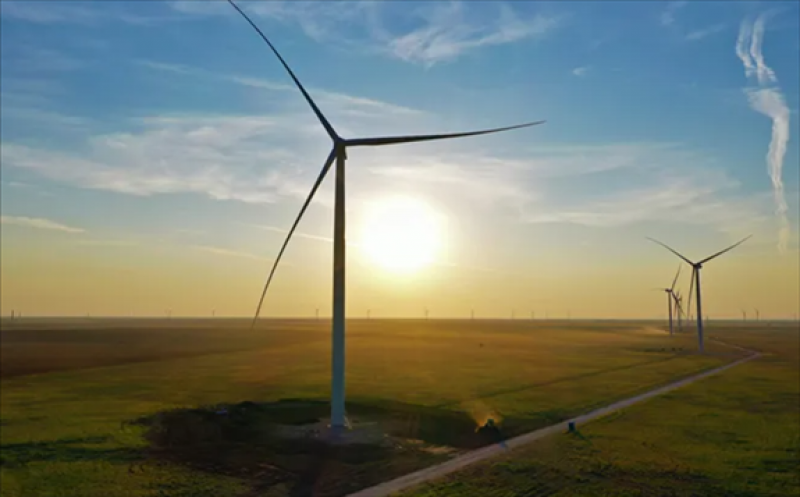Boosted by strong production from Xcel Energy’s new Sagamore Wind Project in New Mexico, wind energy accounted for more than half the region’s electricity supply in March and reached a new hourly peak production of more than 86% of the supply on April 11.

“Wind energy is a major component in the generating resources that produce clean, low-cost energy for a growing economy,” said David Hudson, president, Xcel Energy – New Mexico, Texas. “The integration of such a large amount of wind energy was not possible two decades ago, but investments in our transmission grid have enabled us take on more of these valuable energy resources for the benefit of our customers across our Texas-New Mexico region.”
Xcel Energy has been adding wind energy into the regional generating mix for more than 20 years, primarily by purchasing the output of area facilities owned by other wind energy producers. In the last two years, Xcel Energy added 1,000 megawatts of new wind generation from facilities the company built and owns – the Hale Wind Project near Plainview, Texas, in 2019 and the Sagamore facility near Portales, New Mexico, which came online in December 2020. Together these two facilities generate enough electricity to power 378,000 typical homes.
Xcel Energy’s regional energy mix was 51.1% wind energy in March, the highest monthly wind numbers yet recorded. While March is typically one of the best months for wind energy production, wind is coming on strong throughout the year, and for all of 2020 (before Sagamore came online), wind energy accounted for 32% of the electricity delivered to Xcel Energy’s Texas-New Mexico customers. Accounting for Sagamore production, Xcel Energy expects that 40% of the region’s electricity supply will be derived from wind energy in 2021.
“We invested close to $2 billion in Hale and Sagamore, which had large positive impacts on the rural economies in their respective areas,” Hudson said. “These facilities will continue to enrich the rural economy by boosting tax revenues to counties and school districts and paying production royalties to farmers and ranchers. In turn, our customers benefit from 100% of the federal production tax credits associated with this production and by lower fuel costs since the fuel for wind turbines is free of charge.”
The fuel savings and tax credits combined are more than outstripping the annual cost to pay for the investments in Hale and Sagamore and keep them operating, and are now providing a net savings to customers, Hudson said.
Additionally, wind energy requires no water in the production of electricity, helping to preserve the area’s precious groundwater for municipal and agricultural use. This renewable energy resource is also a critical component in Xcel Energy’s plans to reduce carbon emissions by 80% by 2030, an effort Xcel Energy aspires to continue until its electricity is 100% carbon-free by 2050.